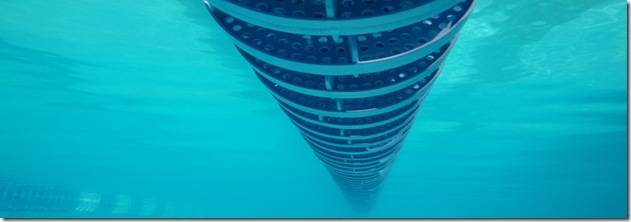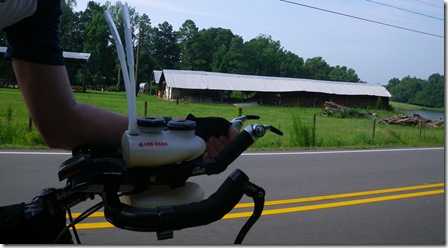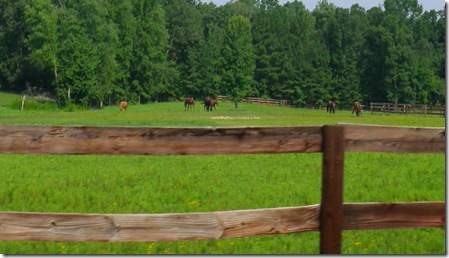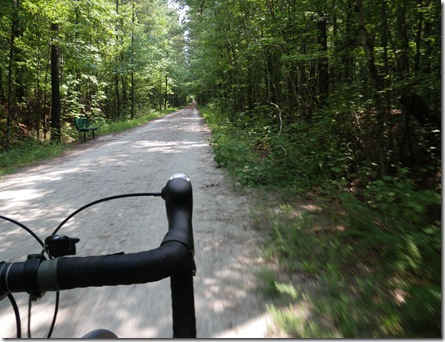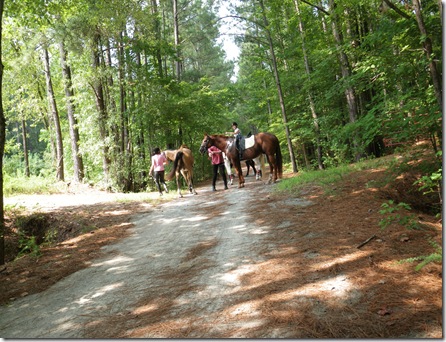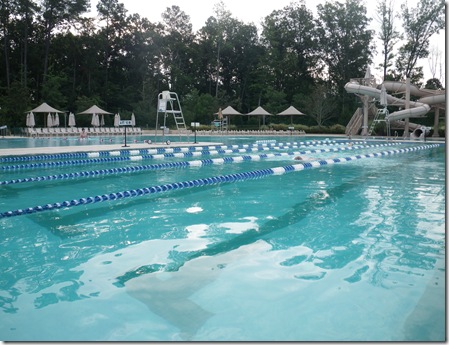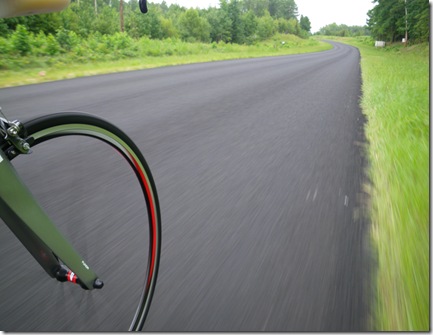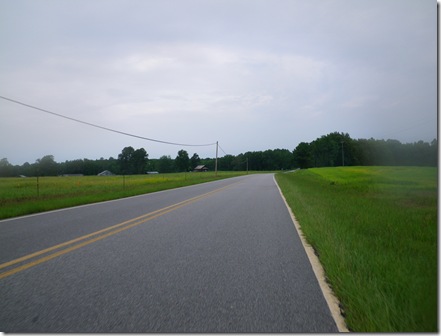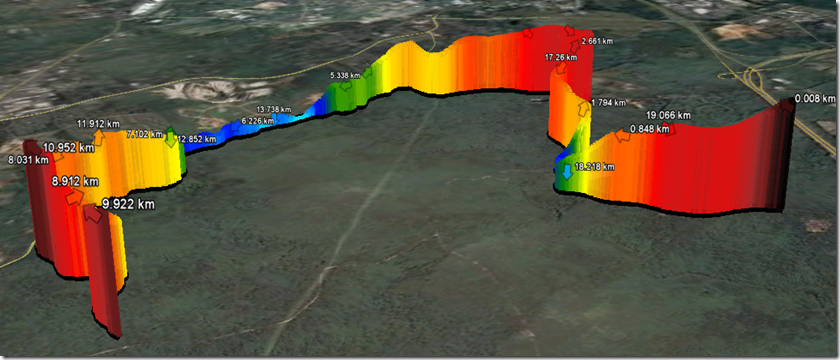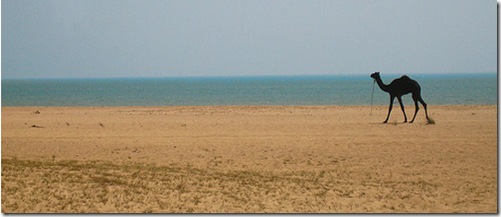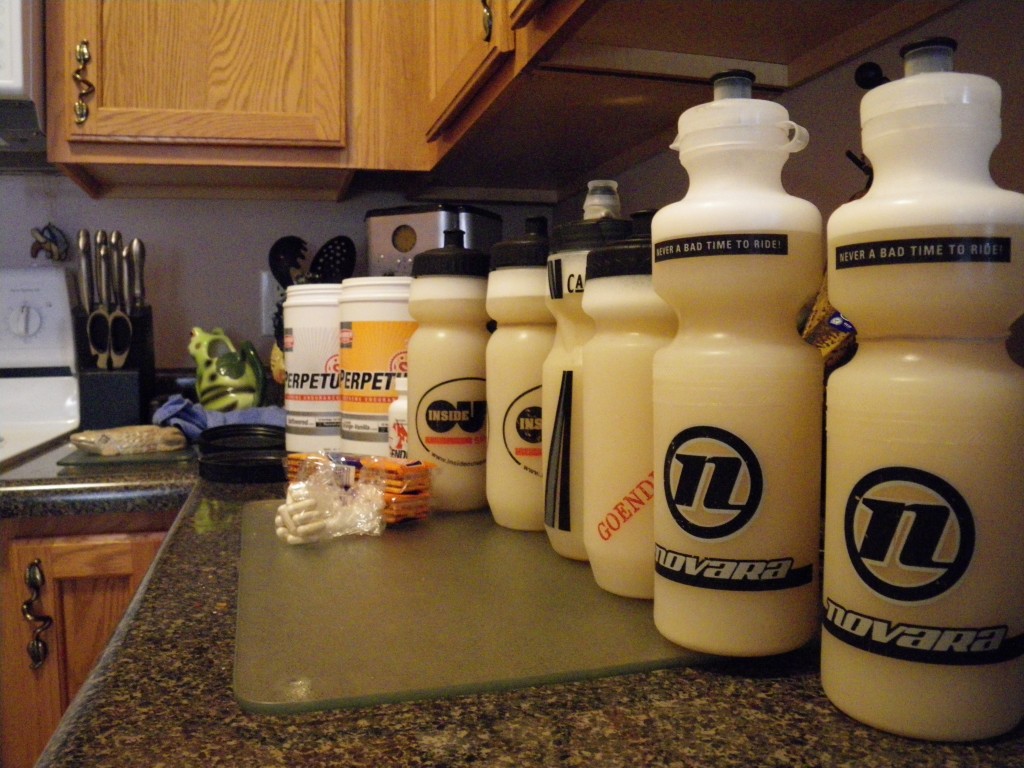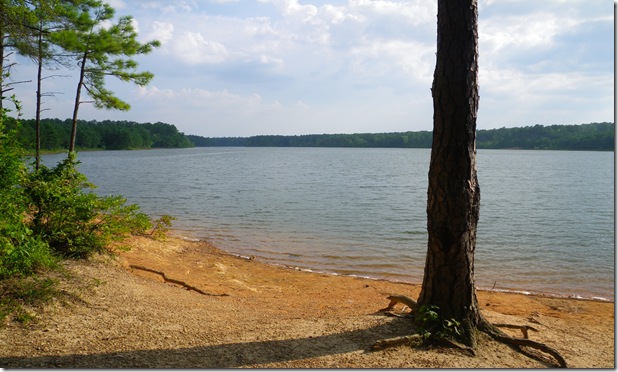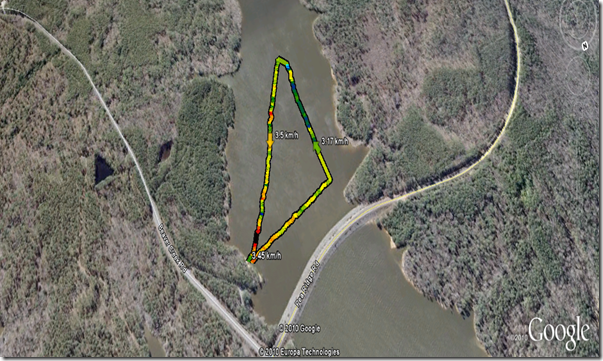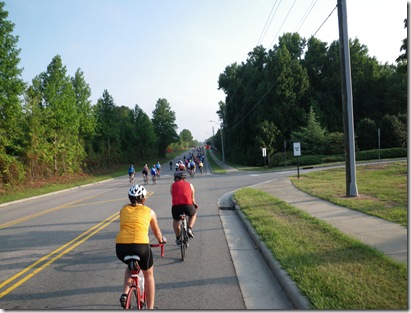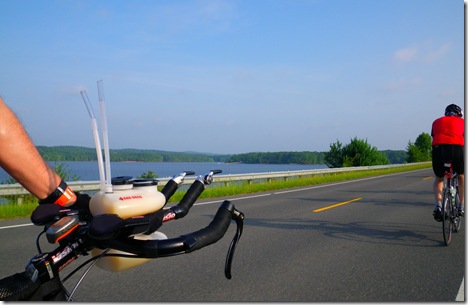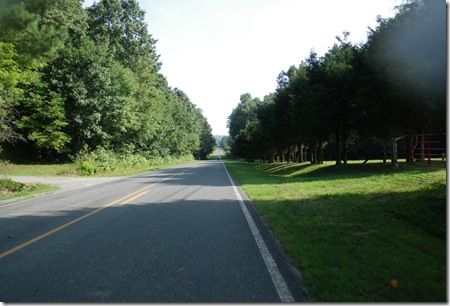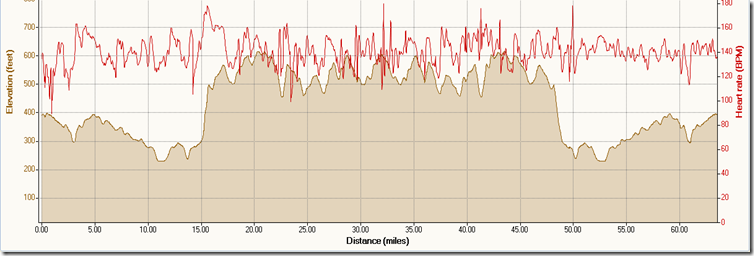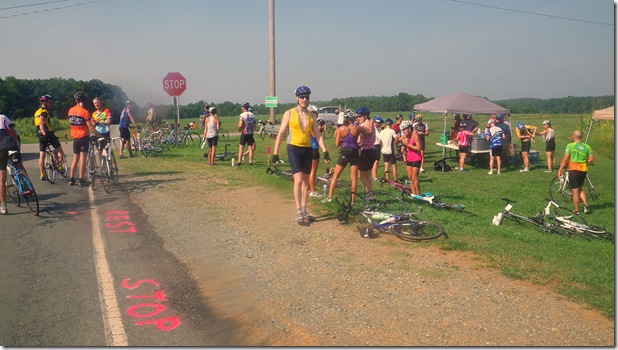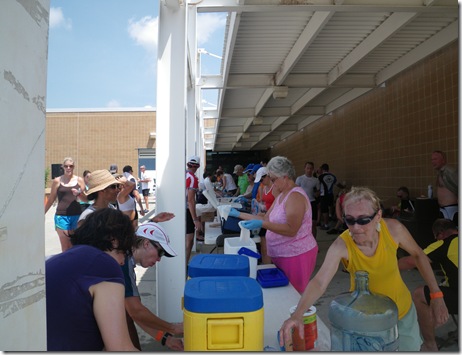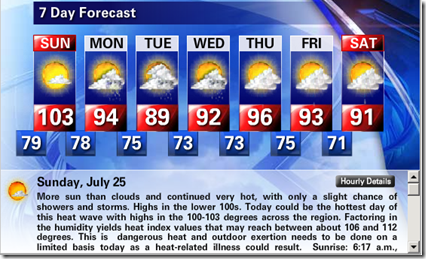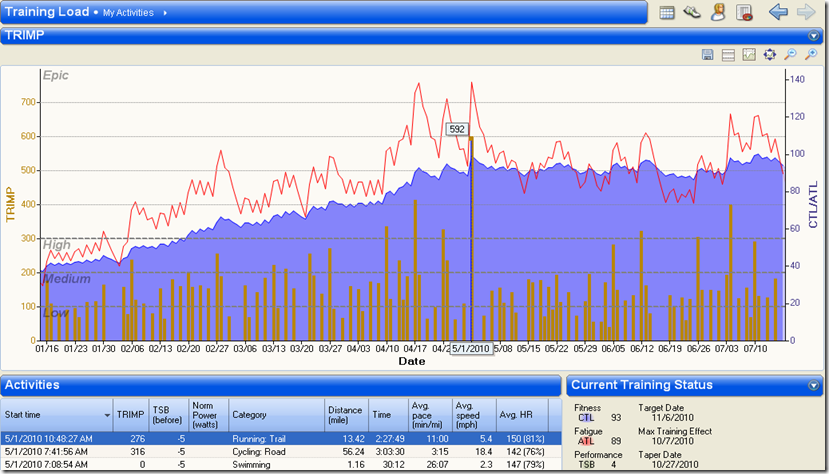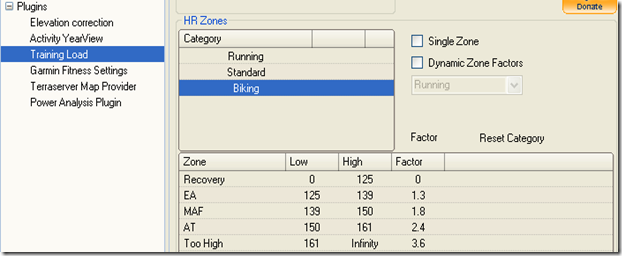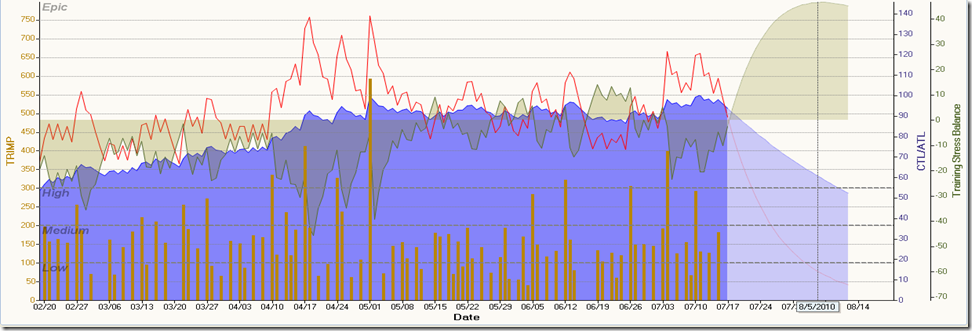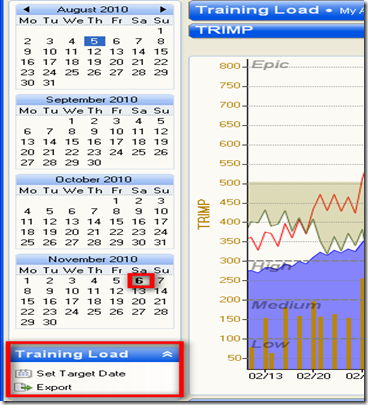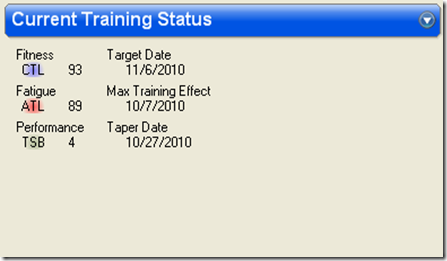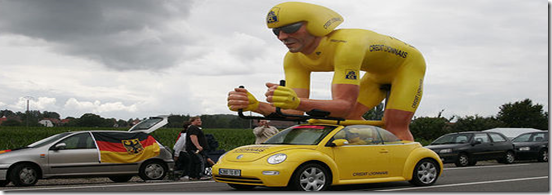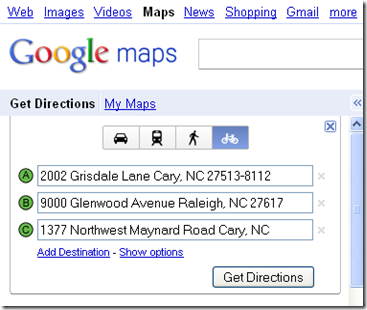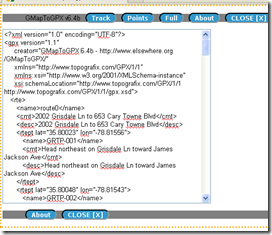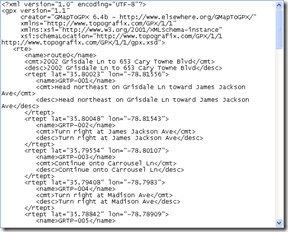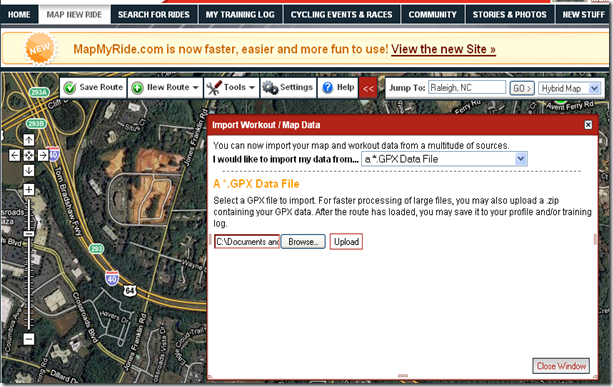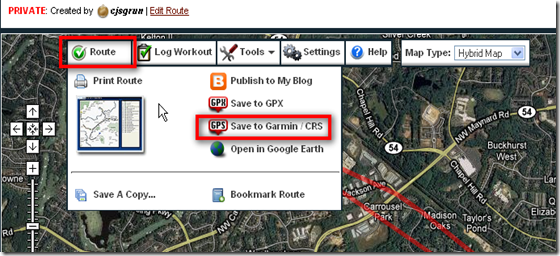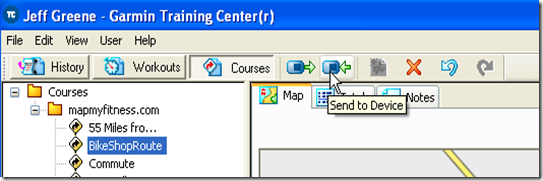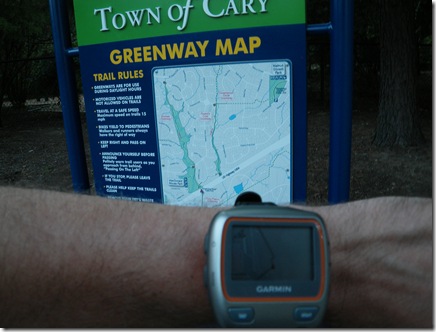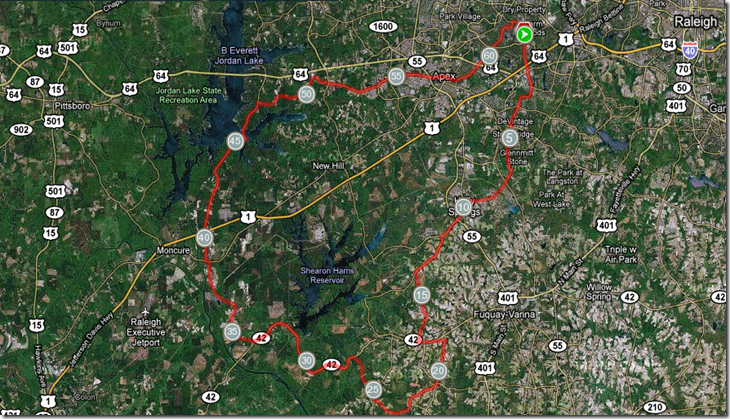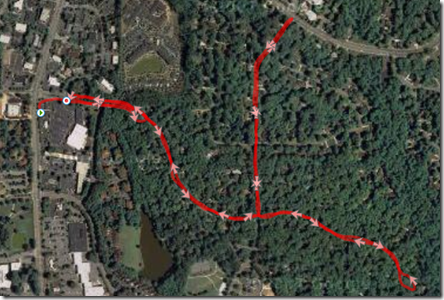The devil is in the details, as they say. The sport of Triathlon is no different. One of the things that compels me to this sport is the details. No matter how experienced you are, you will always learn new things. The easy part is the Swim, Bike, Run. It’s everything in between where it gets interesting. So lets dig a little deeper and check out some of the details.
1. Be comfortable in the open water.
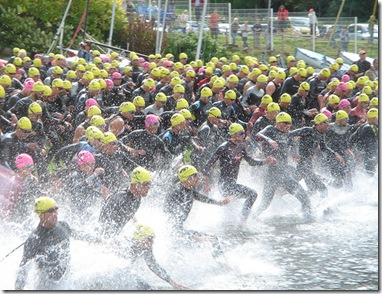
If this will be your first open water swim, it is perfectly normal to have a bit of a panic attack. Expect that it will happen, remember that your read this; slow your breathing and your stroke down. Things will be a little constricted because you are likely wearing a wetsuit. Relaxrelaxrelax…and move on. There are things in the water that you won’t see in the pool, like plants, seaweed, etc. It’s no big deal. Obviously, the best way to get practice is to swim in the open water at every chance. Often, visibility is poor in an open water swim; less than a couple feet under water. If you don’t have access to open water, try swimming laps at the pool with your eyes closed for 10 strokes after you push off the wall. This feels real weird. You don’t have that little black line to follow. Your balance may even feel a bit off without having visibility. Practice a few laps like this every once in a while. Learn to breathe bilaterally. I breath every 3rd stroke, so I’m always sighting left and right.
Photo by jolisoleil
2. Have a plan/routine for your transitions. 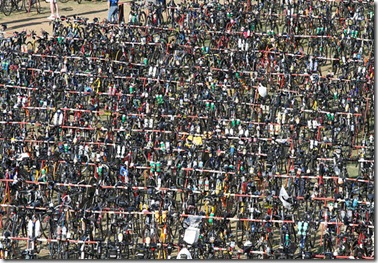
I know it sounds ridiculous, but practicing your transitions not only will improve your times, it will keep you calm. Race Day is a series of problem solving situations. You’ll do better by making some things a habit and not having to think through them so you can concentrate on racing. Have you entered the transition area and encountered something like you see on the right? Plan ahead.
Ex: My bike is on the right side 10 rows down as I enter the transition from the Swim. There is a generator/light pole that lines up with my rack.
This has worked for every tri that I’ve ever done except one(they moved the light pole while I was swimming). Most races won’t allow you to have a 12 foot tall flag at your bike for easy sighting, but what about one of those hideous fluorescent yellow beach towels draped over the handle bars?
Photo by rellim
3. Goggles(2pair) 1 dark, 1 clear.
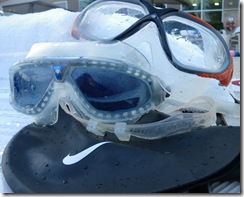
I like to have 1 tinted pair of goggles if it’s really sunny. But in low light, overcast cloudy conditions, sighting can be more difficult, so it’s great to have a clear backup pair. I love the Seal XP Goggles. I’ve had them for years and they are pretty much hurricane proof. No way these things will get knocked off.
4. Body Glide.
Or some other lubricant. Practice swimming with your wetsuit to find out where your hotspots are. Putting some Body Glide around your neckline and anything else that may get raw(groin area) will make the day much more enjoyable. In addition to putting Body Glide on the chafe prone areas, also apply to the outside of the wetsuit around the ankles, calves. This will help your wetsuit slide off real fast.
5. Band-Aids/Nip Guards(Nuff said, If you don’t know, I can’t tell you). 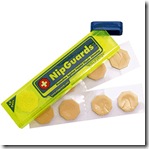
6. Gu, Gel, Endurolytes.
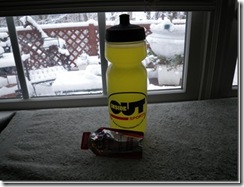
Don’t be a hero. With the exception of a Sprint Tri, everyone will need some nutrition. Practice using these during your workouts. Some things just don’t sit as well as others. No need to find out on race day. I try to bring my own nutrition with me on the bike and not rely on Aid Stations since you never know exactly what you will have. I like my nutrition to be predictable(Perepetuem, Endurolytes, Ritz bits). On the run I try and bring 1 bottle(something kind of bland, like Perpetuem). The sugar content from some drinks at Aid stations tend to give me issues. So if I can bring 1 bottle of my own, I can spread out the bottle while drinking less sugar. So at every Aid station I’ll drink from 1 of 3 choices:
- My bottle – 1st mile
- water from Aid Station – 2nd mile
- Gatorade from Aid Station – 3rd mile
- Repeat – 4th mile
So Gatorade every 3rd mile tends to work better for me.
7. Water bottles for the bike, plus an extra bottle for the transition area.
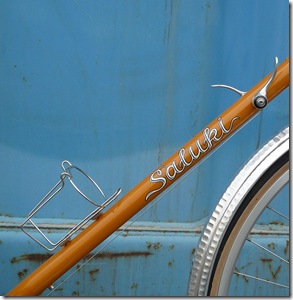
I like to keep drinking fluid as I’m setting up my transition area prior to race. Also you may need a quick sip after the swim if you swallow some salt water, lake water, etc. Know how much you should be drinking on the bike per hour. I typically drink 1 bottle per hour, so the easiest way to remember is to look at your time on your watch or bike computer. Every 10-15 min take a swig. Don’t wait until you pass the athlete in front of you, or wait till you get to the top of the hill. Doing this several times will have you in a deficit needing to catch up drinking more later on and possibly getting sloshy right before you run…Not good.
Photo by J Ferguson
8. Know the course(At least the swim and bike).

Pay attention to the pre-race meeting. During the swim is NOT the time where you want to follow the herd. Go out and swim the course or at least get out in the water prior to the race start. Get a good distance out and line yourself up with the buoys on the return route. Then look at the shore. Look for something very easy to site that will keep you straight. Is there a tall hotel with a funky roof. That’s it, shoot for that. You won’t be able to see a lifeguard stand with all the activity. Do the same thing for the buoys. Is there a first aid type boat just beyond one of the buoys? Line up with that and you’ll be good to go. Drive the bike course the day before if possible. Note any loose gravel in the turns or potholes. This is where flats and accidents happen. Find out where all the turns are. I once was heading through an intersection at the end of a race. The traffic cop was signaling to turn left(or so I thought). Actually he was waving a motorcycle through the intersection from the side and I was supposed to go straight. Trying to overcorrect at the last minute didn’t end well for me. Not as critical, but drive the run course if you have time. Unless you’re up front there’s usually enough folks to follow.
Photo by austrini
9. Know how to change a flat tire.
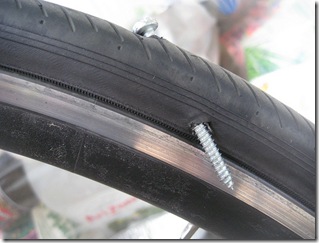
If you don’t know, go here: “How to change a flat tire.” It’s relatively easy after you have done it a few times. Practice 3-4 times with your back wheel, since it is the more difficult. Eventually, you’ll flat during a race. Just relax, stop your watch if it makes you feel better, and make sure you do it right, so you don’t flat again 1/2 mile down the road. There’s not much worse than not finishing a race, especially b/c of a flat.
Photo by nickjohnson
10. Run with a hat/sunglasses.
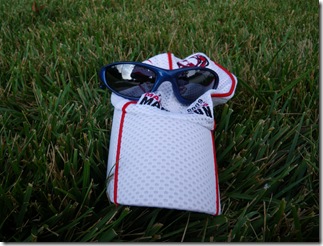
Obviously, these 2 are needed for sun protection. I like to race in a white colored, mesh, running hat. A good one will have a black colored underside on the visor. This helps a lot with the glare from the sun bouncing off the asphalt. The heat usually starts to take its toll during the run. If you’re lucky, try and and scope out a cup of ice at one of the aid stations. Dump the ice in your hat and put your lid back on your head. This will help you cool off a bit for the next 10 min hopefully buying you some more time to maintain your run intensity.
So there you have it. 10 easy to remember tips that everyone should know before completing any triathlon. Got another tip? I would love to hear it. Weigh in with your comments. Thanks for reading.

